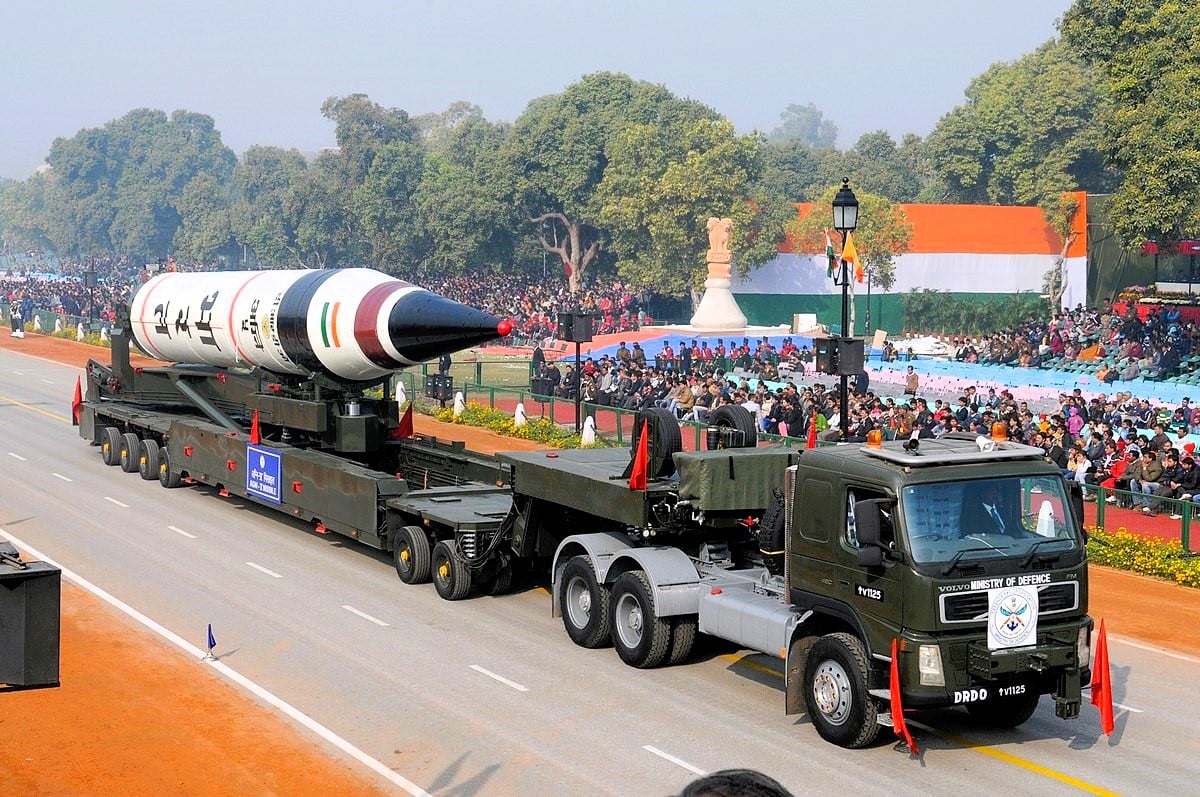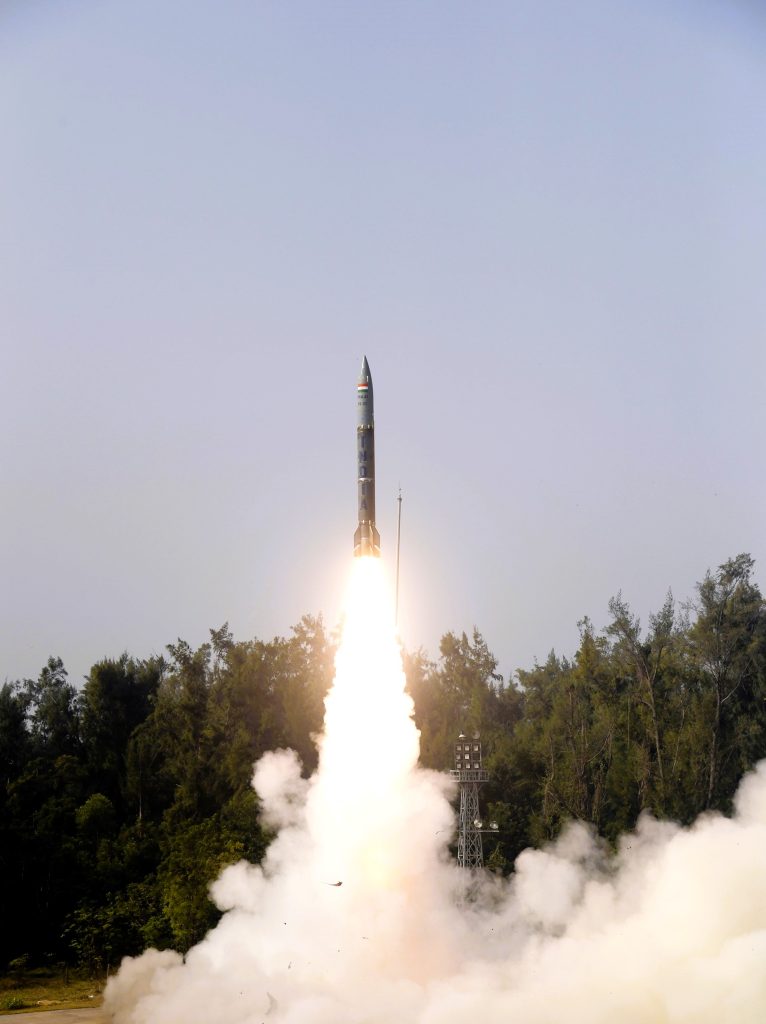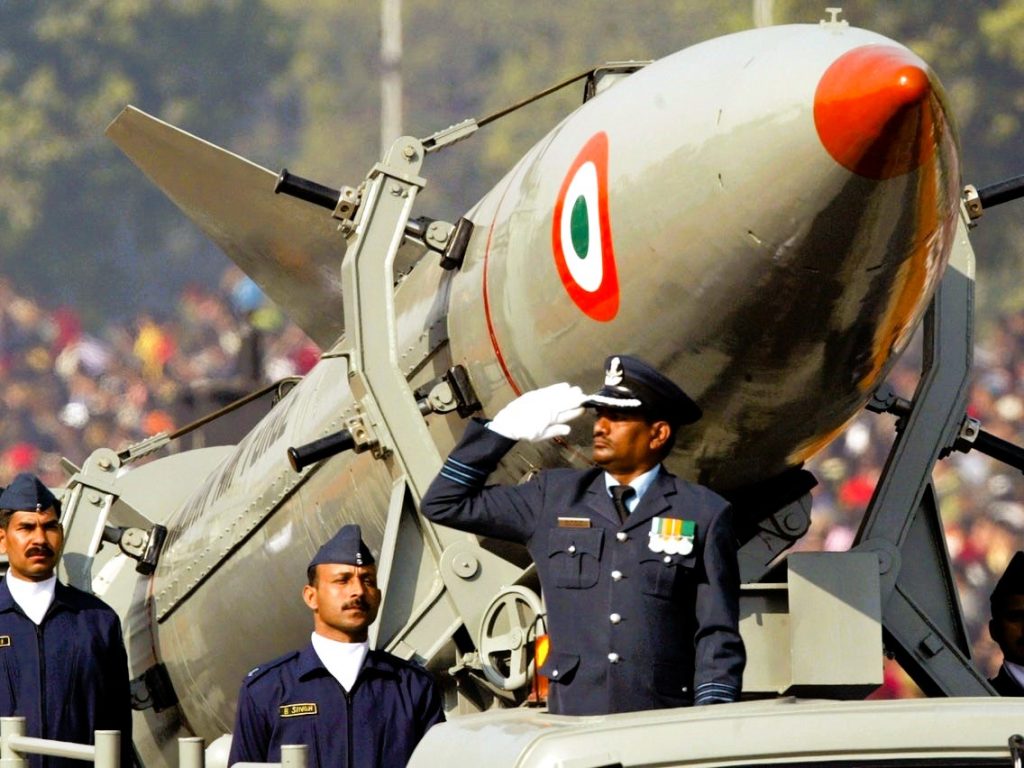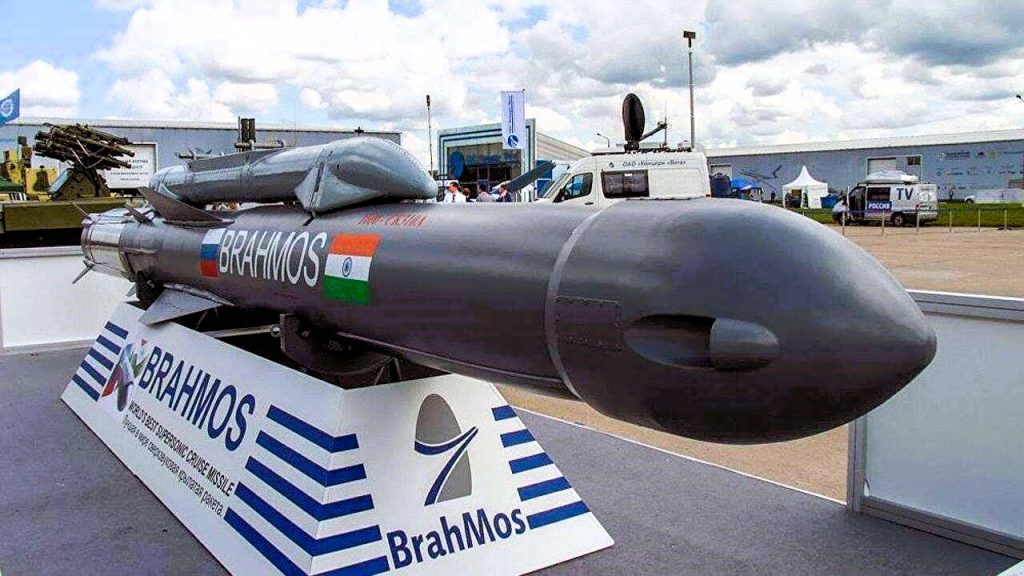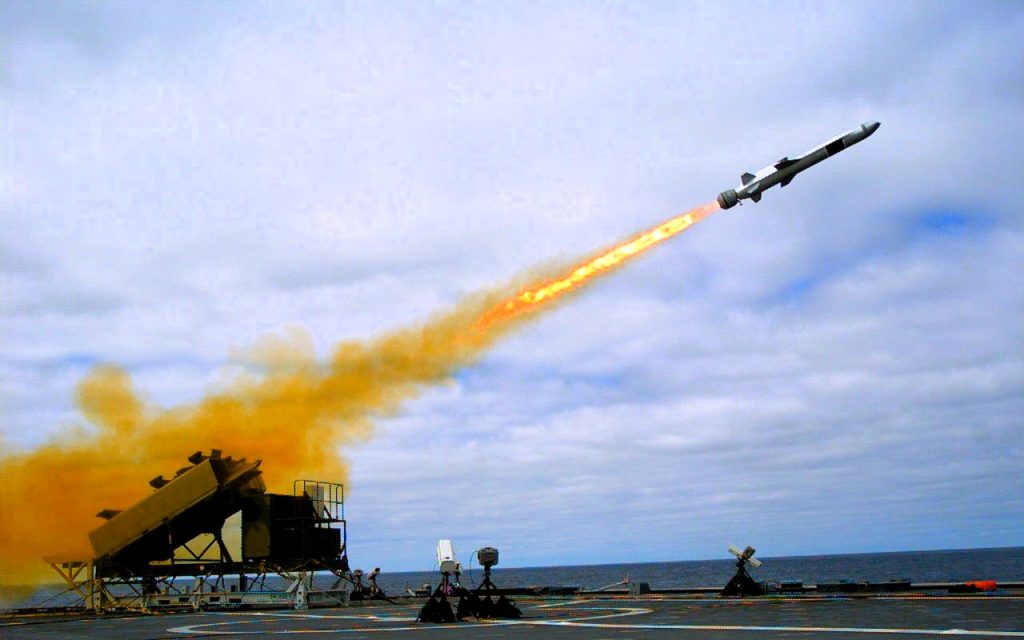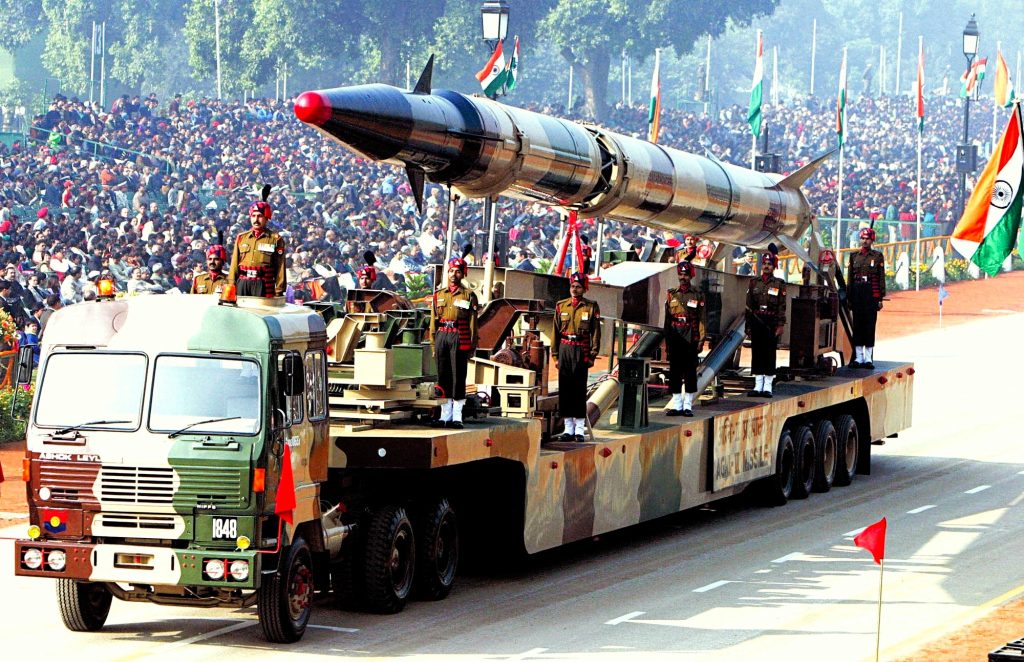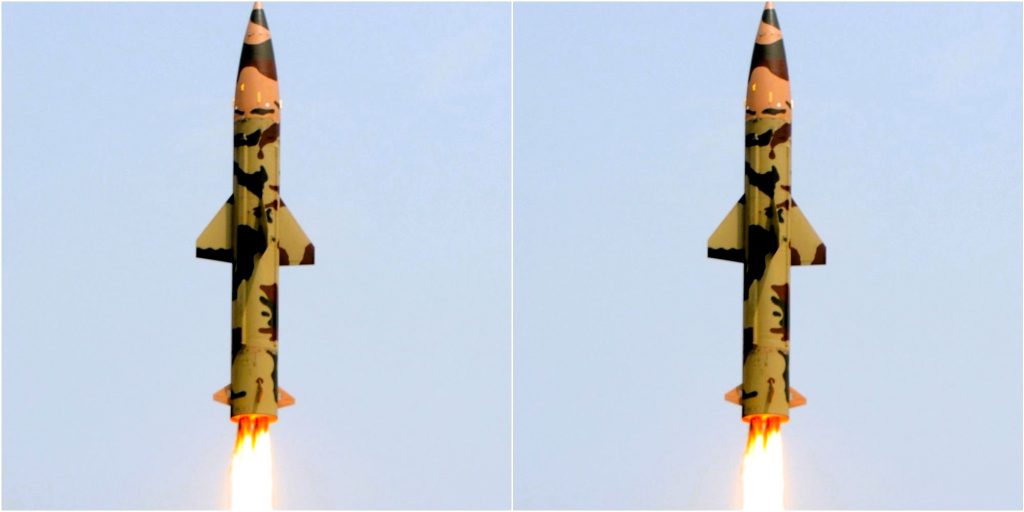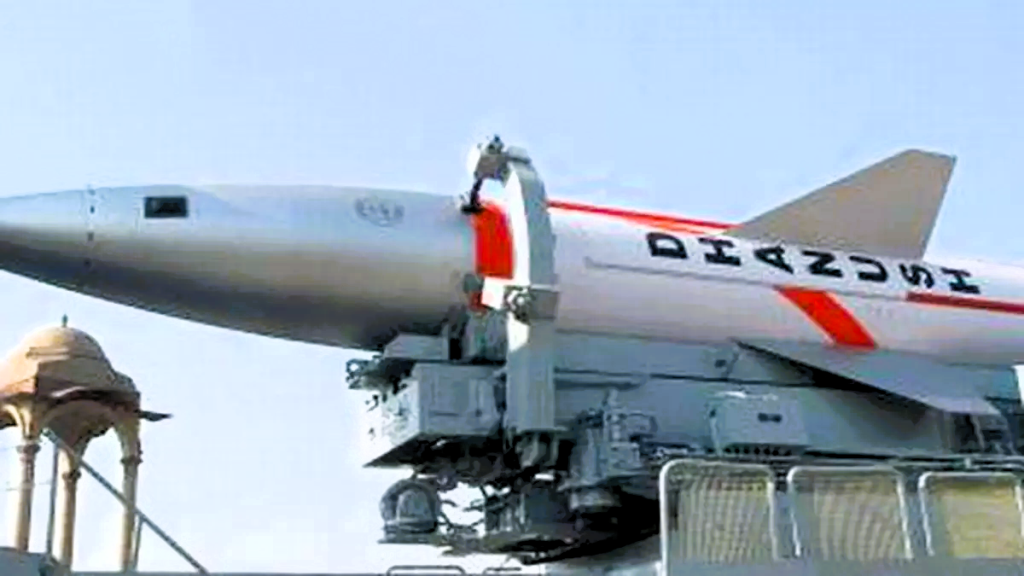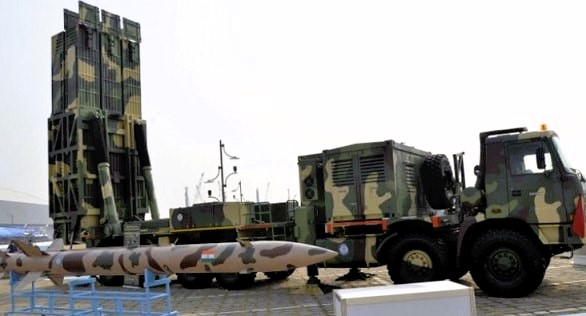In the ever-evolving landscape of modern warfare, Surface to Surface missiles (SSMs) have emerged as a formidable and versatile class of weaponry. These ground-based projectiles, designed for launch from land or sea platforms, have become a critical component of the defense apparatus for nations worldwide, including India. As the country continues to strengthen its military might, understanding the nuances of surface-to-surface missile technology and its strategic significance is paramount.
Defining Surface to Surface Missiles
Surface-to-surface missiles, also known as ground-to-ground missiles (GGMs), are self-propelled weapons designed to strike targets on land or at sea. These missiles can be launched from a variety of platforms, including hand-held devices, vehicle-mounted systems, fixed installations, or even naval vessels. Powered by rocket engines or explosive charges, SSMs leverage fins, wings, and other aerodynamic features to ensure stability, lift, and accurate trajectory, making them a formidable force in both conventional and nuclear warfare.
The Evolution of India’s Surface to Surface Missile Program
India’s journey in the realm of surface-to-surface missiles began with the Integrated Guided Missile Development Programme (IGMDP), spearheaded by the visionary Dr. APJ Abdul Kalam, often referred to as the “Missile Man of India.” Launched in 1983, this ambitious initiative laid the foundation for the country’s indigenous missile development capabilities, culminating in the creation of the Prithvi, India’s first homegrown short-range ballistic missile.
14 Military Vehicles That Changed How Wars Are Fought Forever
Classification of Surface to Surface Missiles
Surface-to-surface missiles can be broadly classified into several categories based on their range, trajectory, speed, and other distinguishing characteristics:
Ballistic Missiles
Ballistic missiles follow a sub-orbital parabolic path, utilizing projectile motion to deliver their warheads to the designated target. These missiles are powered briefly during launch and rely on the unpowered portion of their flight to reach the intended destination.
Cruise Missiles
Cruise missiles are designed to fly at low altitudes, hugging the contours of the terrain to evade detection and interception. Characterized by their high speed and precision, these ground-hugging weapons pose a formidable threat to both land and maritime targets.
Anti-Ship Missiles
Anti-ship missiles are specifically developed for use in naval warfare, employing sea-skimming techniques to minimize the chances of detection by radar, infrared, and other missile defense systems.
15 Most Expensive Future Weapons of the United States Military 2024
India’s Surface to Surface Missile Arsenal
Leveraging the success of the IGMDP, India has developed a comprehensive range of surface-to-surface missile systems, each tailored to address specific strategic and tactical objectives. This impressive arsenal includes:
Agni Series
The Agni series encompasses a range of intermediate and intercontinental ballistic missiles, providing India with the capability to strike targets at distances ranging from 700 kilometers to over 8,000 kilometers.
Prithvi Series
The Prithvi series comprises short-range ballistic missiles, with variants capable of delivering payloads up to 600 kilometers.
Other Missile Systems
India’s surface to surface missile arsenal also includes the Dhanush (an anti-ship ballistic missile), Prahaar (a tactical ballistic missile), Nirbhay (a subsonic cruise missile), and the BrahMos (a supersonic cruise missile developed in collaboration with Russia).
The Strategic Significance of India’s Surface to Surface Missiles
India’s robust surface to surface missile capabilities serve as a crucial deterrent against potential adversaries, effectively safeguarding the country’s land and maritime borders. These advanced weapon systems, capable of delivering conventional and nuclear warheads, play a pivotal role in India’s national security strategy, enhancing its ability to respond to threats and maintain a position of strength in the region.
10 World’s Fastest Military Aircraft 2024
Technological Advancements and Future Developments
Continuous research and development efforts have led to the ongoing evolution of India’s surface-to-surface missile systems. The country is currently working on the Agni-6, an intercontinental ballistic missile with an extended range of up to 12,000 kilometers, as well as the BrahMos-II, a hypersonic cruise missile capable of reaching speeds in excess of Mach 5.
Challenges and Considerations
While India’s surface to surface missile program has made remarkable strides, it faces ongoing challenges, such as the need for improved accuracy, reliability, and cost-effectiveness. Additionally, the proliferation of missile technology and the potential for regional arms races require a delicate balance between technological advancement and diplomatic engagement.
Conclusion
Surface to surface missiles have become a cornerstone of India’s defense strategy, providing a formidable deterrent against potential threats and safeguarding the country’s sovereignty. As the nation continues to strengthen its missile capabilities, it must navigate the complex landscape of geopolitics, technological innovation, and global security dynamics. By harnessing the power of these ground-based precision weapons, India can ensure the protection of its citizens and maintain its position as a regional and global power.
FAQs
Q1. What is the purpose of surface to surface missiles?
Surface to surface missiles are designed to strike targets on land or at sea, serving as a crucial component of a nation’s defense apparatus. They can be launched from various platforms, including land-based installations, vehicles, and naval vessels, and are powered by rocket engines or explosive charges.
Q2. How does India’s surface to surface missile program compare to other countries?
India has developed a comprehensive range of surface to surface missile systems, including the Agni series of intermediate and intercontinental ballistic missiles, the Prithvi series of short-range ballistic missiles, and collaborative projects like the BrahMos supersonic cruise missile. This diverse arsenal positions India as a regional and global power in the realm of ground-based precision warfare.
Q3. What are the strategic implications of India’s surface to surface missile capabilities?
India’s robust surface to surface missile arsenal serves as a crucial deterrent against potential adversaries, enhancing the country’s ability to respond to threats and maintain a position of strength in the region. These advanced weapon systems play a pivotal role in India’s national security strategy, safeguarding its land and maritime borders.
Q4. What are the challenges faced by India’s surface to surface missile program?
While India’s surface to surface missile program has made significant strides, it faces ongoing challenges, such as the need for improved accuracy, reliability, and cost-effectiveness. Additionally, the proliferation of missile technology and the potential for regional arms races require a delicate balance between technological advancement and diplomatic engagement.
